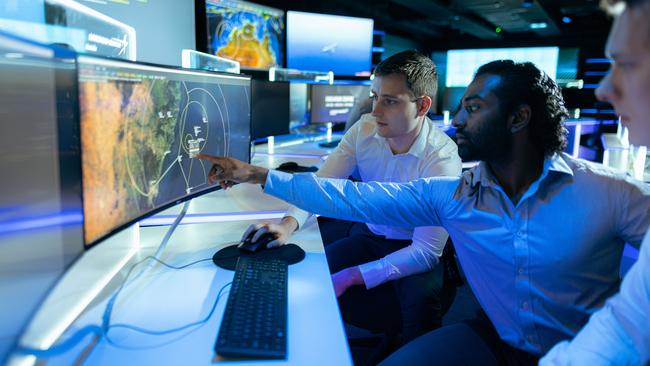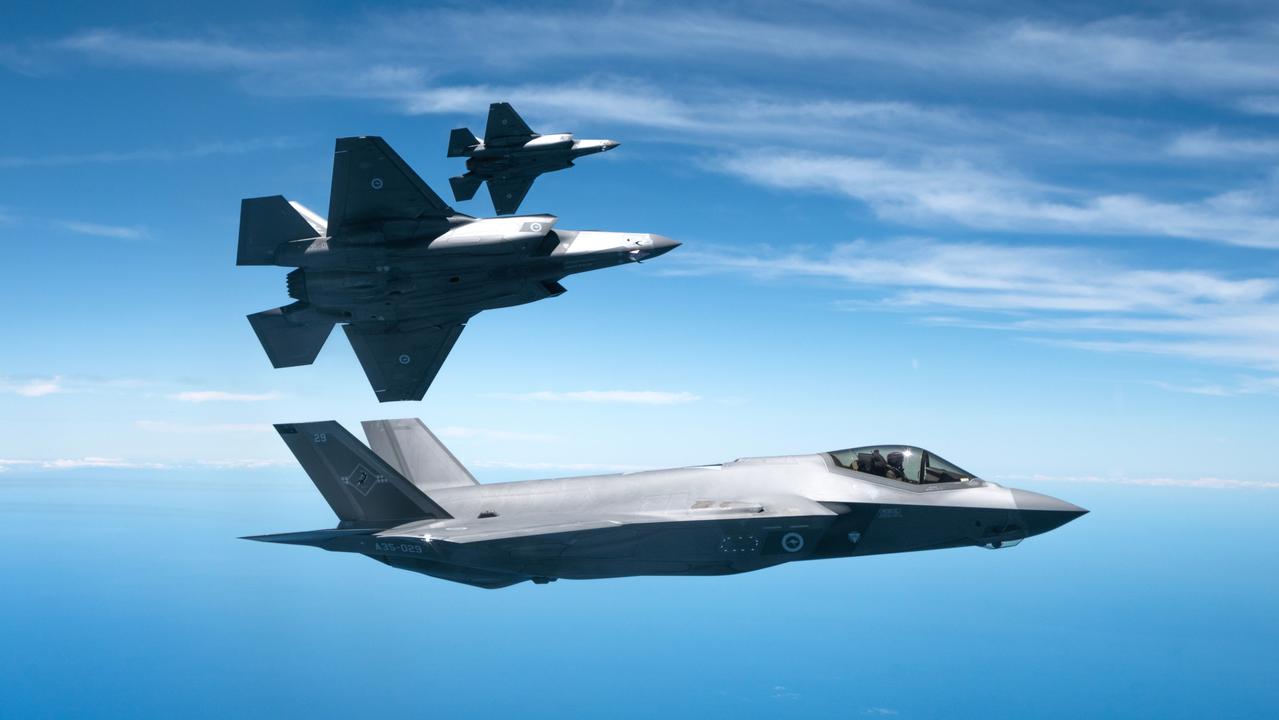Industry collaboration - key to realising Australia as a regional aircraft Maintenance, Repair and Overhaul Hub
In an increasingly contested Indo-Pacific, Australia’s role in maintaining regional security is critical.

In an increasingly contested Indo-Pacific, Australia’s role in maintaining regional security is critical. This role highlights the importance of making our capacity to support the maintenance, repair, and overhaul (MRO) of Defence Force aircraft a priority, as identified in the federal Defence Industry Development Strategy.
Our geography, aligned industrial base and skilled workforce provide a strong foundation for world-class sovereign MRO capabilities, essential to the readiness of our Defence Force’s air fleets. Australia is ideally positioned to become a regional MRO hub, as the Indo-Pacific increasingly becomes home to larger numbers of common fixed and rotary wing aircraft. These fleets, operated by Australia and its allies, include the MQ-4C Triton high-altitude surveillance UAV, P-8 Maritime Patrol aircraft, F-35 Joint Strike Fighter, C-130J Hercules and Apache, Black Hawk and Seahawk helicopters.
Extending our current MRO capabilities to support the needs of our allies in the region reinforces our sovereign Defence industry, strengthens our economy, supports local businesses and creates skilled jobs, particularly in regional areas. This will also enhance interoperability, reduce long-term sustainment costs and improve resilience by ensuring Defence equipment is maintained and upgraded domestically.
The realisation of a regional MRO hub is not the responsibility of government alone. It requires a collective, collaborative effort from defence primes, industry partners and educational institutions. Defence primes in particular must drive progress in line with government objectives, and the onus is on us to help build sovereign capabilities that not only meet Australia’s current needs, but also positions Australia to support regional allies. Examples of how this does and can work follow.
For more than 30 years, Sikorsky Australia has proudly sustained the Royal Australian Navy’s Seahawk fleet and boasts a highly skilled 200-plus workforce at its Nowra facility. In 2022, this same facility was the first site, outside of the US, to successfully complete a deep maintenance program, known as a periodic maintenance interval for a US Navy Seahawk helicopter. This showcased Australia’s world-class industrial capability, while underscoring the strength of the Seahawk global supply chain.
Another exemplar will be the purpose-built 737 deep maintenance and modification facility to be operated by Boeing Defence Australia. This facility in Adelaide, will deliver critical MRO capability for P-8A Poseidon and E-7A Wedgetail aircraft. Once operational, the $160m investment, a partnership between the South Australian government, Department of Defence and industry, will serve Australia and our allies from across the region for decades.
As the lead contractor for F-35 sustainment, Lockheed Martin is establishing a local network of MRO vendors to service the region and grow a critical mass of airframe maintenance skills in Australia. In partnership with BAE Systems Australia, Lockheed Martin Australia will lead airframe maintenance, helping to build a regional capability while also providing jobs and economic growth.
Similarly, the C-130J Super Hercules fleet, critical to Australia’s air lift capability, also benefits from a locally managed supply chain. Since 2009, Lockheed Martin, in partnership with Airbus, has optimised the RAAF C-130J supply chain. Additionally, with the delivery of C-130Js to New Zealand and other regional nations, and the near-term expansion of the RAAF fleet, the industry footprint in Australia will expand to support C-130J operations at RAAF Base Richmond.
Component repair is another key element of building sovereign MRO capability. Local industry partners such as Rosebank, Quickstep, Collins Aerospace, Australian Aerospace Engineering, Asia Pacific Aerospace and Martin Baker are expanding Australia’s capacity to maintain and repair critical components, including avionics, landing gear, propulsion systems and ejection seats.
Australia’s future success in expanding our MRO capabilities will also depend on the talent developed today. Defence industry must continue to nurture partnerships with universities, TAFEs, and invest in STEM education initiatives to create a skilled workforce capable of sustaining advanced military platforms.
The Australian government is right to prioritise sovereign MRO capabilities, but industry must assist with driving these initiatives. Through collaboration between defence primes, SMEs and educational institutions, an integrated aircraft MRO network can be built that serves Australia’s national interests and supports our allies in the region.
-
Warren McDonald is the chief executive of Lockheed Martin Australia and New Zealand.


